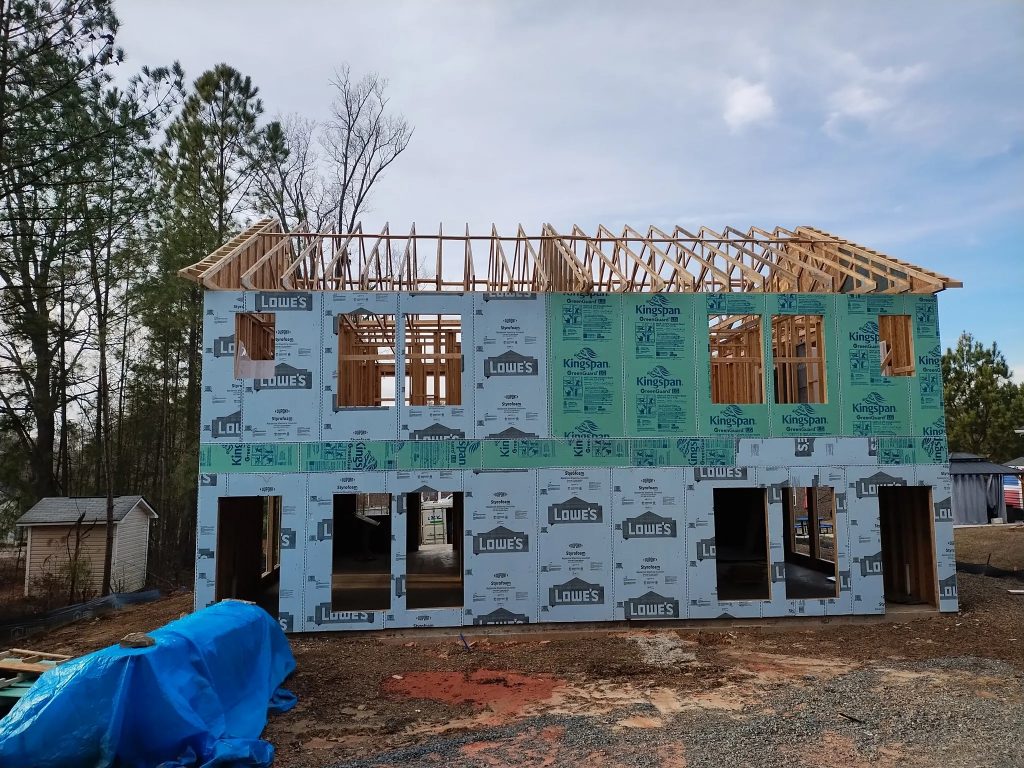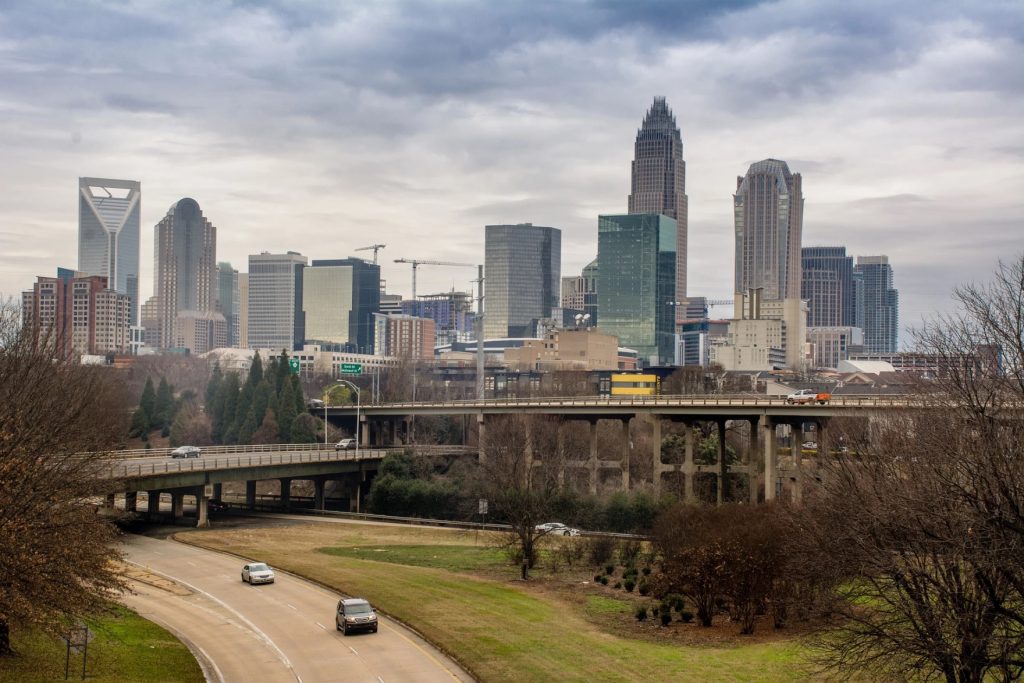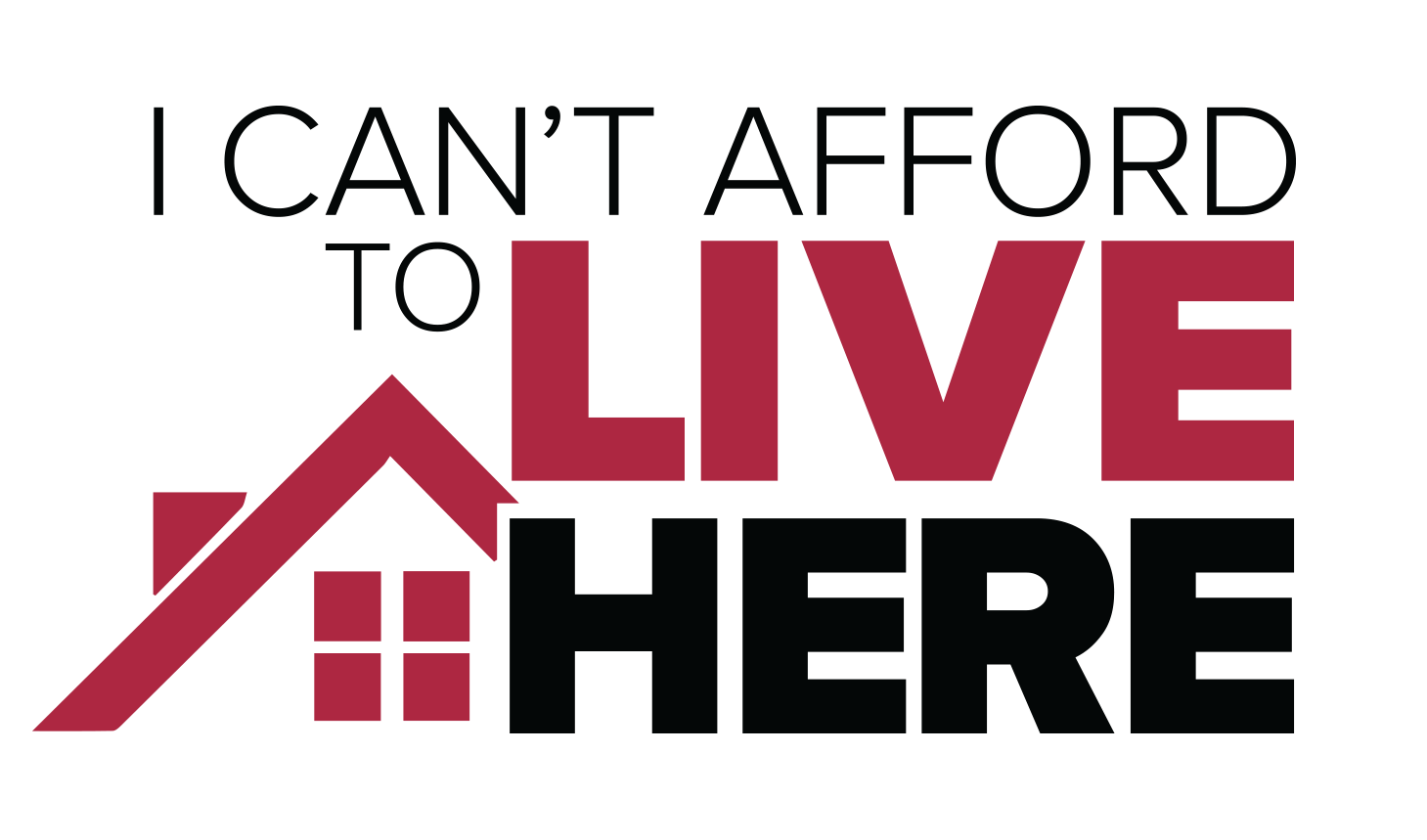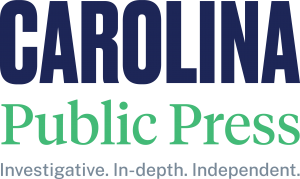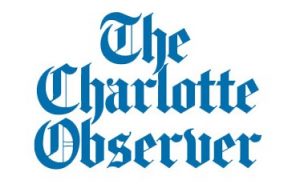By Liz Rothaus, The Charlotte Observer
In the early months of the pandemic last year, information and unanswered questions about the new coronavirus were coming from everywhere.
“COVID seemed like this big, scary monster,” said Chris Rudisill, director of the Charlotte Journalism Collaborative. The collaborative, or CJC, is a consortium of six area media outlets and other institutions working to strengthen local journalism.
“We were hearing from a lot of people in the community that they almost didn’t know what to listen to,” he said.
CJC wanted a creative way to get relevant, reliable information to people who might not be reading or tuning into traditional news sources. They sought something that combined the visual punch of a 1950s-style monster movie poster with the integrity of solid news reporting.
Their answer? A graphic novel called “THE PANDEM!C: Stories of COVID-19.” A joint project of CJC and the artist-led BOOM Charlotte art and performance showcase, it’s a collaboration of eight area journalists and eight local artists that shares how COVID-19 has affected the lives of real people in Charlotte and beyond.
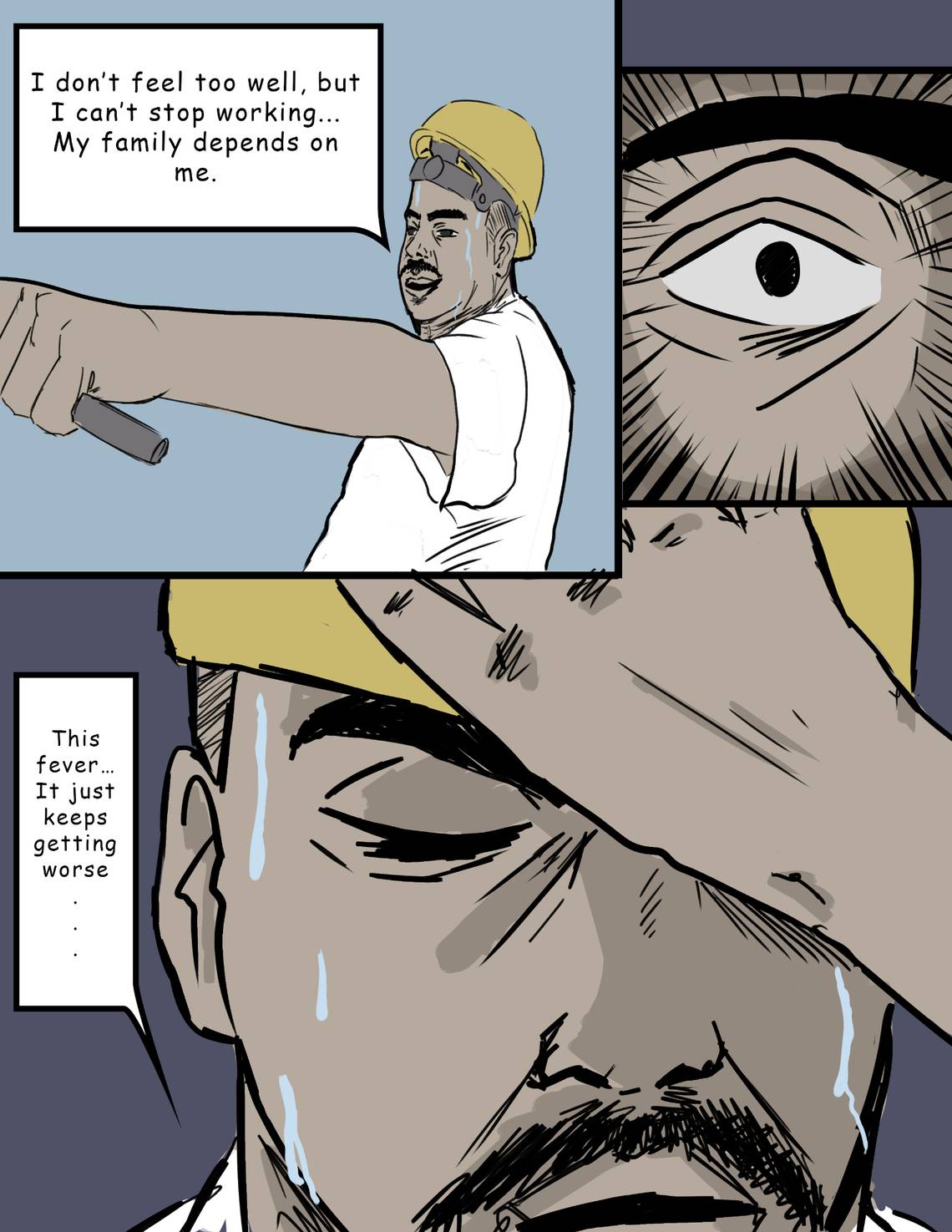
This scene is from chapter 2 of “THE PANDEM!C,” which tells the story of an undocumented immigrant as he navigates medical system obstacles. The chapter is based on reporting by Laura Brache for WFAE-90.7 and La Noticia. The artwork is by Kiana Mui. COURTESY OF CHARLOTTE JOURNALISM COLLABORATIVE
STORIES OF IMPACT
This free comic book style collection launched online last October. New chapters, in English and Spanish, are released every two weeks through February at charlottejournalism.org, as well as on Instagram (@clt_boom and @cltjournalism). A printed version is expected this spring.
Each chapter tells a specific story of impact. That includes the obstacles of navigating the medical system as an undocumented immigrant, the emotional strain and isolation COVID-19 causes for a gay couple who both get sick and the trauma of losing a job and experiencing homelessness during the pandemic.
The graphic novel also looks at the community response and whether those efforts, from contact tracing to virtual hospitals, have been effective.
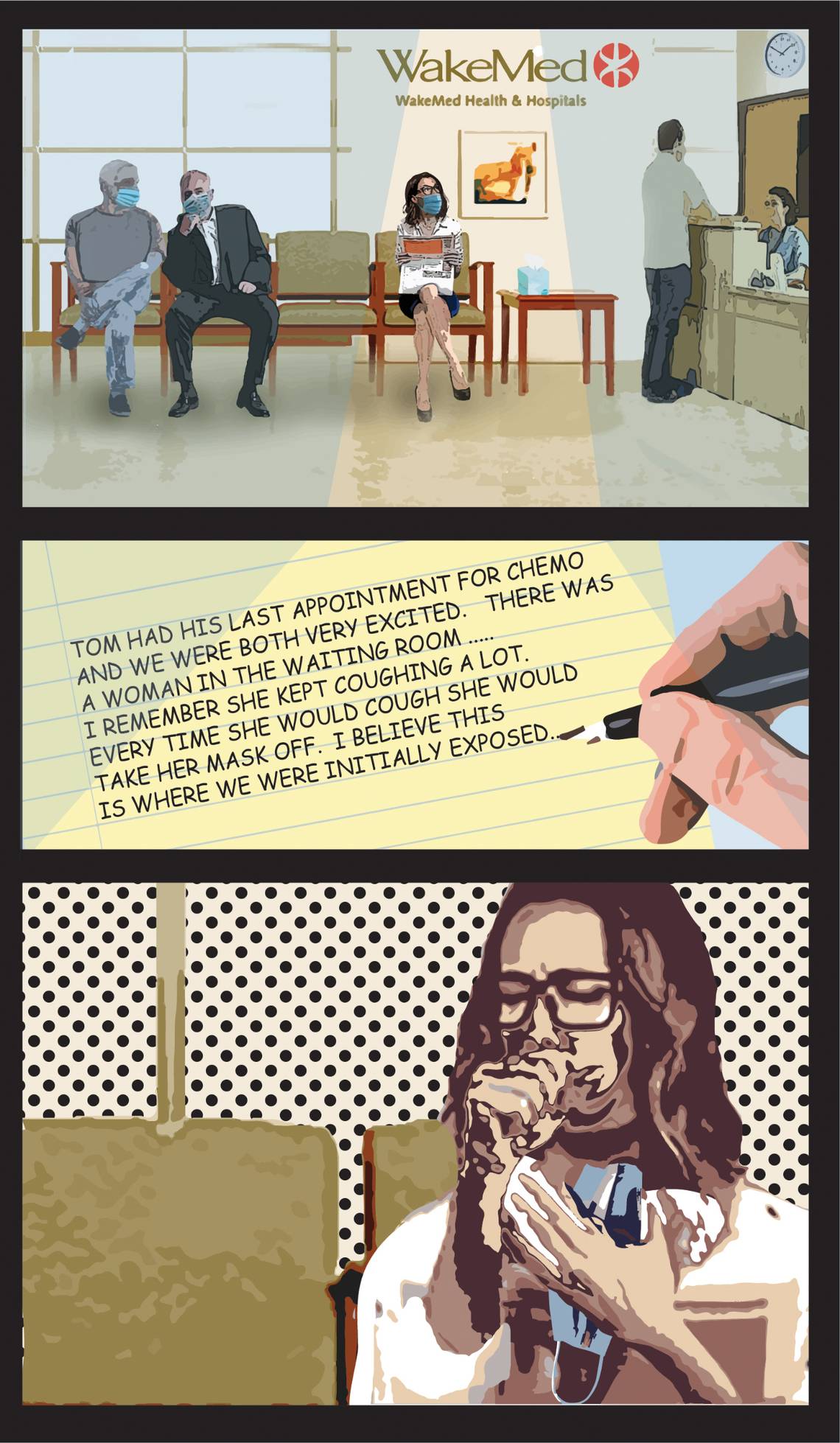
This scene from “THE PANDEM!C” recounts the emotional strain and isolation COVID-19 caused for a gay couple who both contracted the virus. It’s based on reporting by David Aaron Moore for QNotes. The artwork is by Gil Croy. COURTESY OF CHARLOTTE JOURNALISM COLLABORATIVE
UNUSUAL COLLABORATION
As CJC started identifying key pandemic stories to highlight, protests were emerging in Charlotte in response to the killing of George Floyd by Minneapolis police. When Rudisill and his team saw the Black Lives Matter mural uptown, they realized the graphic, comic book style imagery used by many of the artists was exactly what they were looking for.
Rudisill contacted one of the muralists, Marcus Kiser, who also serves on BOOM Charlotte’s board of directors, to try to bring visual artists into the mix.
The project was a good fit for BOOM Charlotte, too. “Part of our mission is to find a way for artists to respond to the current issues,” said founder and Executive Director Manoj Kesavan.
Lately, that’s required more improvisation than usual.
In an ordinary year, BOOM’s primary focus would have been its annual festival, a three-day outdoor event in Plaza Midwood, highlighting avant garde work by local performing and visual artists. The event drew 20,000 people in 2019; it was canceled last April due to COVID-19.

Manoj Kesavan is founder and executive director of BOOM Charlotte, which worked with Charlotte Journalism Collaborative to bring “THE PANDEM!C” graphic novel to life. OBSERVER FILE PHOTO
Instead of pausing its activities during the pandemic, BOOM has ratcheted up its online presence to serve as a platform for artists to share their work.
The graphic novel collaboration intrigued Kesavan.
“Charlotte is usually not on the cutting edge of arts or this kind of thing,” he said, “so it’s great to be in that position.”
Although graphic journalism isn’t new, this project’s approach is unique, with multiple reporters and artists working together.
Kesavan also liked CJC’s vision of amplifying the work of local Black artists through the project. There is great local talent, he said, but not enough investment in showcasing the work of artists of color.
“It’s the artists who don’t get these kind of opportunities normally,” Kesavan said, “and I feel like that’s BOOM’s strength, too. We have a really diverse kind of a base.”
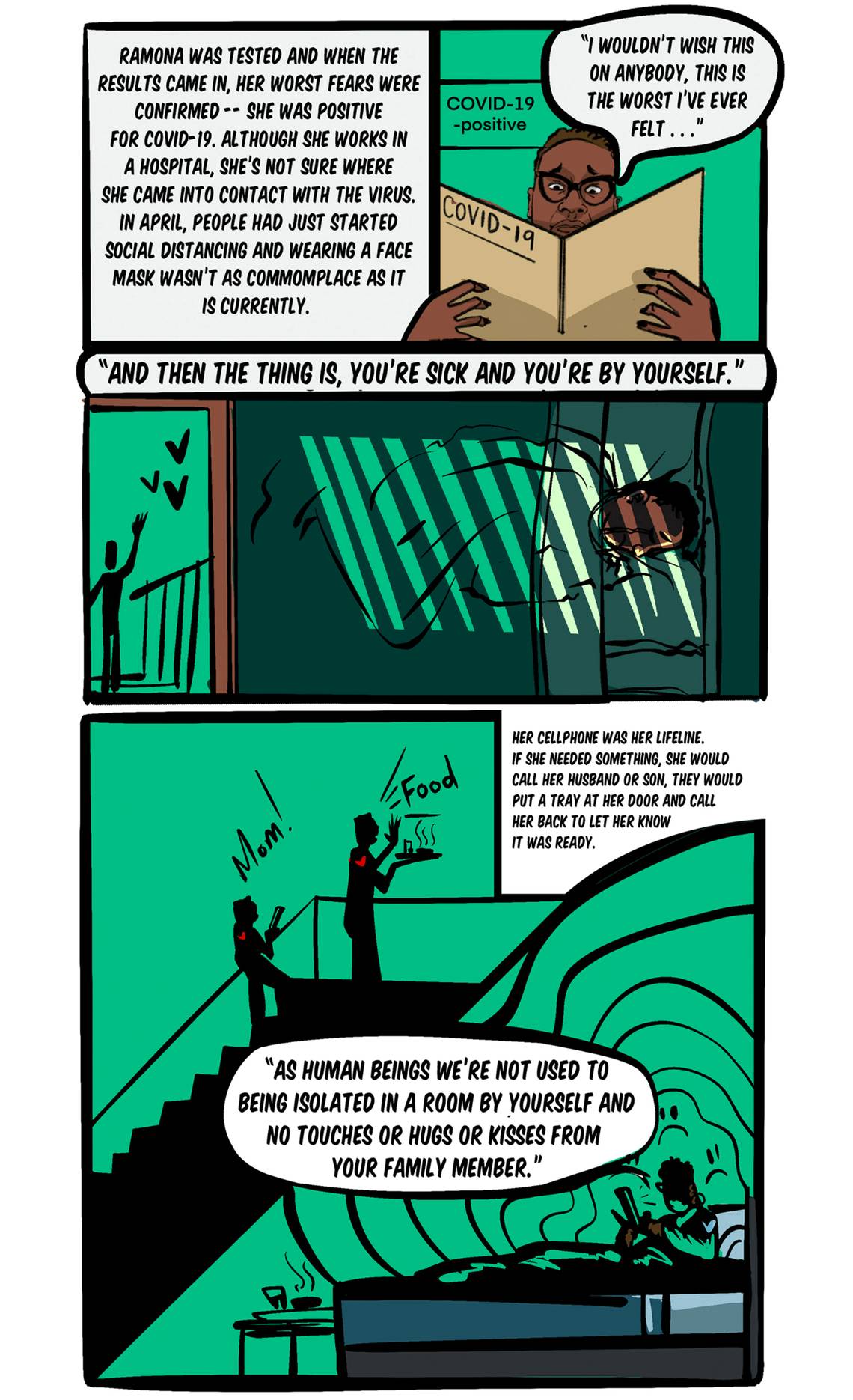
This scene is from Chapter 5 of “THE PANDEM!C.” It’s based on reporting by Sarah Delia for WFAE-90.7. It recounts one woman’s personal experience with COVID-19. The chapter title says it all: “I wouldn’t wish this on anybody.” The artwork is by Matthew Clayburn. COURTESY OF CHARLOTTE JOURNALISM COLLABORATIVE
‘AN EYE-OPENER’
Artist Josh Henderson illustrated the most recent installment of “THE PANDEM!C.” His chapter is based on a Charlotte Observer story written by reporter Hannah Smoot about a Kansas City man who got stuck in Charlotte when he developed COVID-19. He spent 10 days confined at Charlotte’s quarantine hotel.
“When you pull from a personal experience, it’s a lot easier to tell a story,” said Henderson, who founded RELAX Clothing Brand in 2014 as a way to make his artwork more accessible to the public. “… I’m just glad that I could understand the struggle that this particular person was going through. It was an eye-opener.”
Translating the story into another medium meant trying to capture the story’s emotion through imagery.
“When you’re creating it, it’s different from just seeing it at a glance or walking past and seeing it on the news,” Henderson said. “Just to be recreating that scenario, you’re literally putting yourself in that situation.”
For Smoot, it’s been interesting to revisit a story she spent weeks working on last summer. “I’m really here to listen to Josh’s plans and give him insight into some of the behind-the-scenes things that happened,” Smoot said.
She said she sees potential for using graphic journalism to tell other stories, too. “As journalists,” Smoot said, “we have to constantly evolve.”


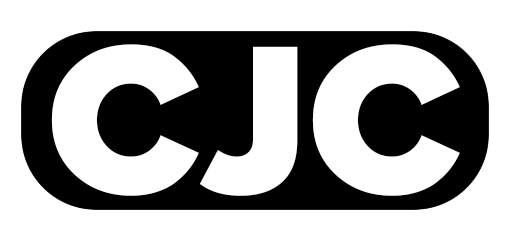
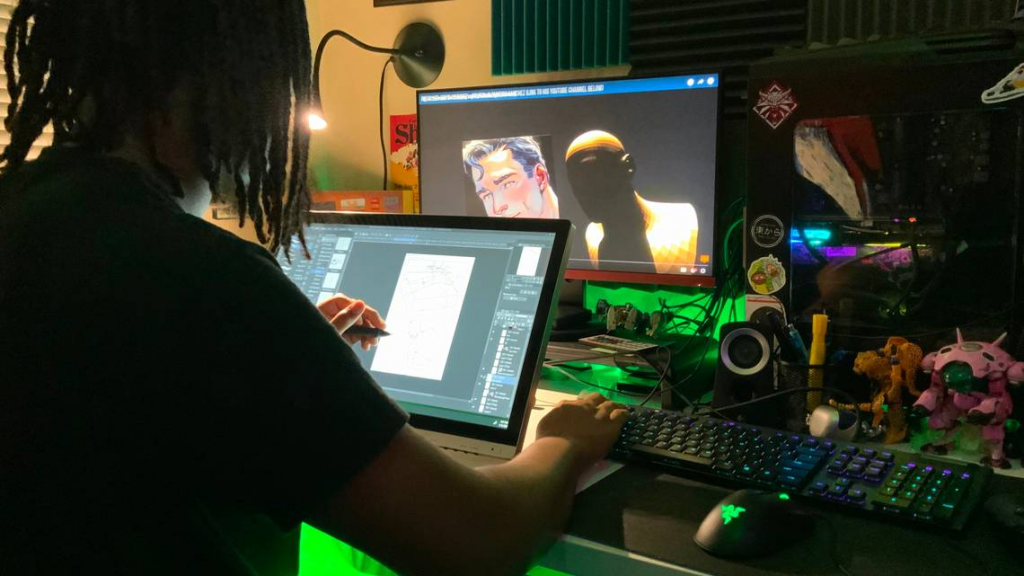
 The Charlotte Journalism Collaborative is supported by the Local Media Project, an initiative launched by the Solutions Journalism Network with support from the Knight Foundation to strengthen and reinvigorate local media ecosystems.
The Charlotte Journalism Collaborative is supported by the Local Media Project, an initiative launched by the Solutions Journalism Network with support from the Knight Foundation to strengthen and reinvigorate local media ecosystems.